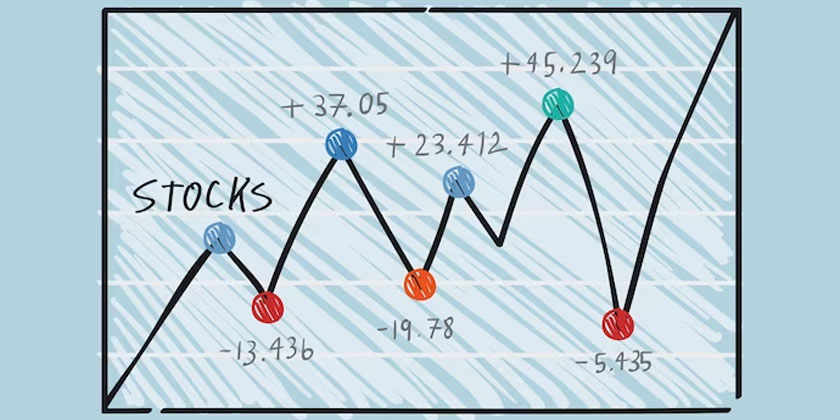When you begin your journey as an investor, one of the first things you’ll encounter in stock trading is the concept of “tick size.” While it may seem like a small detail, understanding tick size is crucial for making informed trading decisions, especially for those new to the market.
What is Tick Size?
Tick trading refers to the minimum price movement that a stock or financial instrument can change during a transaction. In other words, it’s the smallest increment in which the price of a security can move up or down. This increment is pre-determined by the exchange where the security is traded and can vary depending on the type of asset or market.
For example, in many stock markets, the tick size is typically set at 1 cent ($0.01). This means that the price of a stock cannot increase or decrease by less than $0.01. If the current price of a stock is $100.00, the next possible price point could be $100.01 or $99.99.
Historical Context of Tick Size
Tick sizes were traditionally larger in stock markets, sometimes as large as one-eighth of a dollar (or $0.125). However, in the early 2000s, many stock exchanges worldwide, including the U.S. markets, switched to decimalization, setting the tick size to $0.01. This change was made to make pricing more precise, increase liquidity, and allow for more competitive pricing in the market.
Why is Tick Size Important?
For new investors, understanding tick size is essential because it directly affects the pricing, spread, and liquidity of trades. Here’s how:
- Impact on Pricing: Tick size dictates how finely the price of a stock can be adjusted. If a stock’s tick size is larger, price changes will happen in bigger increments, limiting the precision with which you can execute trades. A smaller tick size allows for more granular price adjustments.
- Bid-Ask Spread: The bid-ask spread is the difference between the price a buyer is willing to pay (bid) and the price a seller is asking for (ask). Tick size influences the minimum possible spread in the market. For example, if the tick size is $0.01, the smallest possible spread is $0.01. Wider spreads may indicate lower liquidity, while narrower spreads usually suggest higher liquidity.
- Liquidity: Smaller tick sizes generally promote higher liquidity in the market, meaning there are more buyers and sellers available to execute trades. This results in smoother transactions and helps investors enter and exit positions more easily. Larger tick sizes can reduce liquidity, making it harder to find counterparties for your trades.
Tick Size and Different Markets
Tick size can vary depending on the asset class and the specific exchange. For example:
- Equities: Most stock markets, such as the New York Stock Exchange (NYSE) and NASDAQ, have a tick size of $0.01.
- Futures: Futures contracts may have different tick sizes. For instance, the tick size for S&P 500 futures might be 0.25 index points.
- Forex: In the foreign exchange market, tick size is typically very small, often quoted to five decimal places. A common tick size for the EUR/USD currency pair, for example, is 0.0001.
- Cryptocurrency: Tick sizes in cryptocurrency exchanges may vary significantly, especially given the volatility of digital assets. Some platforms allow for extremely small price movements.
Tick Size Pilot Programs
Some regulatory bodies, like the U.S. Securities and Exchange Commission (SEC), have conducted tick size pilot programs to examine the effects of different tick sizes on liquidity and market behavior. These programs aim to understand whether larger tick sizes benefit small-cap stocks by encouraging market making and improving trading volumes.
How Tick Size Affects Your Trades
As an investor, especially if you’re new to the market, the impact of tick size may not be immediately noticeable in every trade. However, it becomes significant when trading smaller-cap stocks or highly volatile assets where every cent counts. Knowing the tick size helps in managing your trades more effectively and setting realistic expectations for price movements.
Conclusion
Tick size may seem like a technical term reserved for seasoned traders, but it’s a vital concept for new investors to grasp. It affects everything from how prices are quoted to how easily you can enter or exit a trade. By understanding how tick size works and its role in market liquidity and pricing, you’ll be better equipped to navigate the complexities of stock trading and make more informed decisions.




